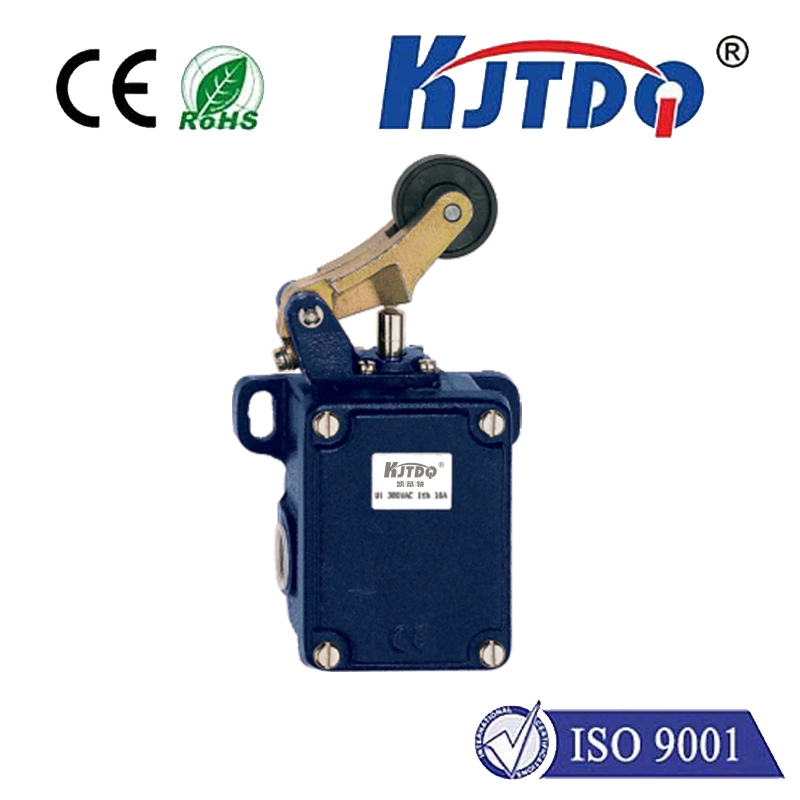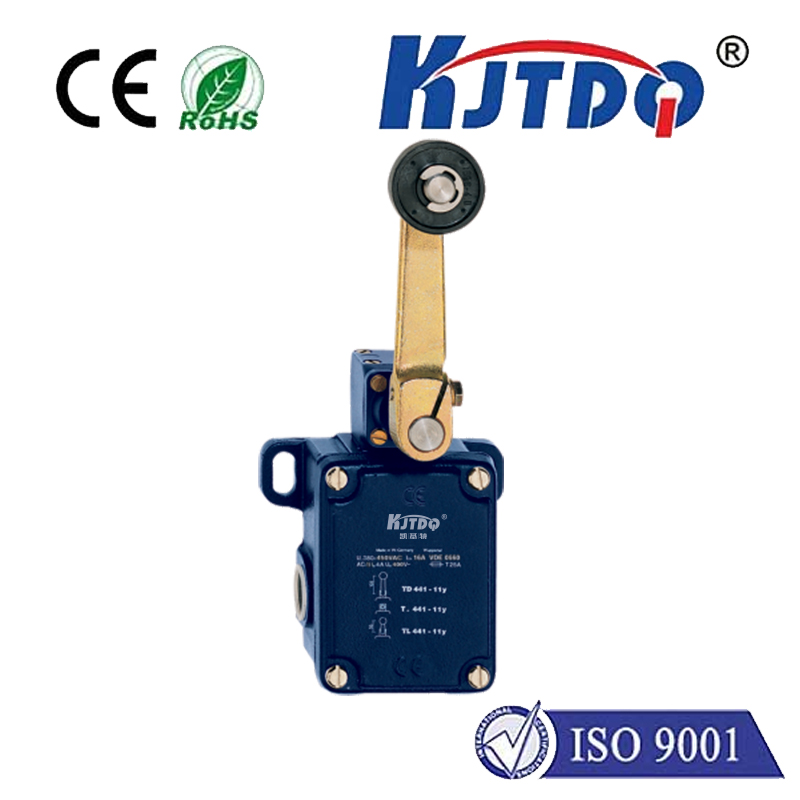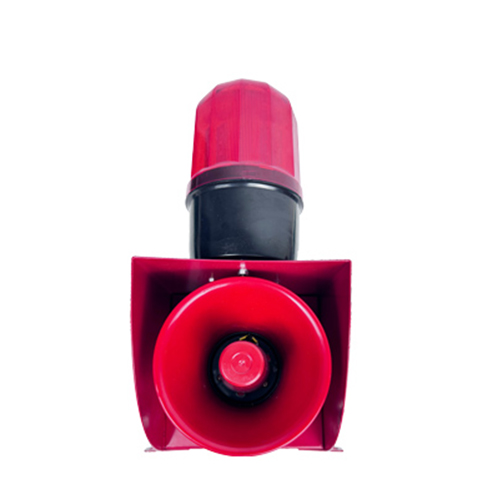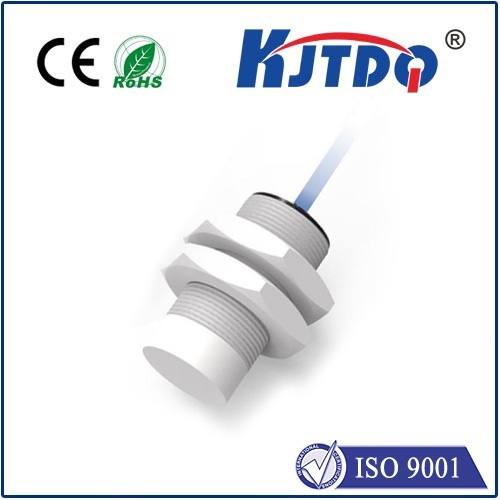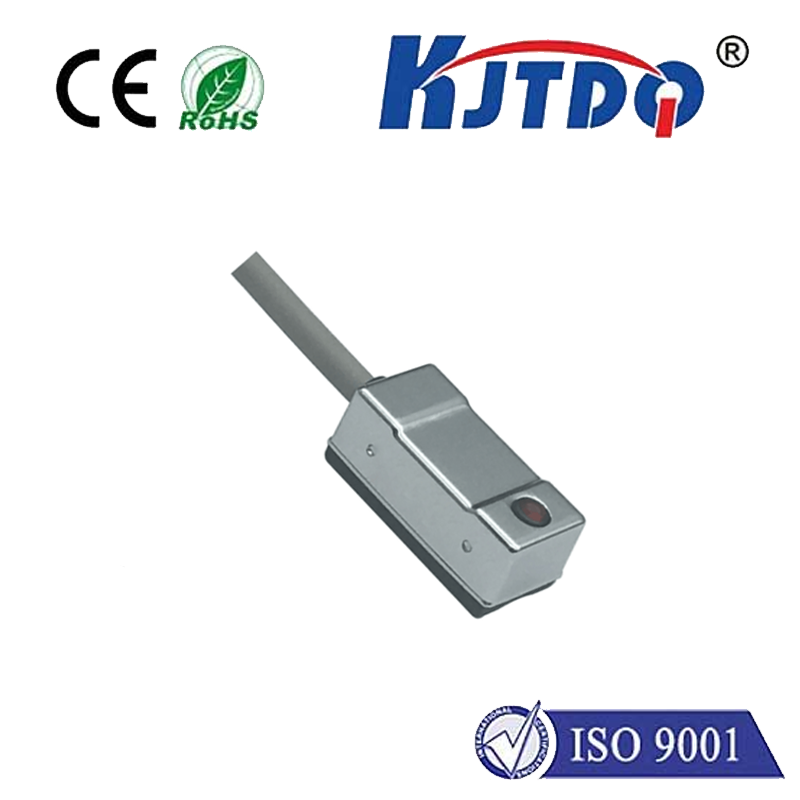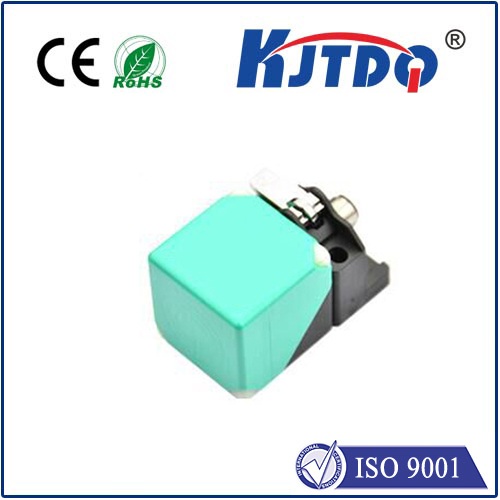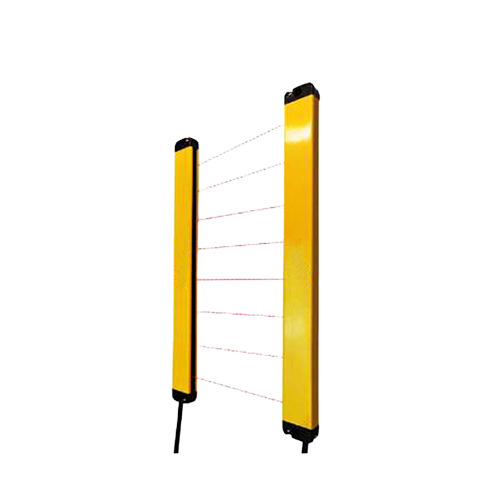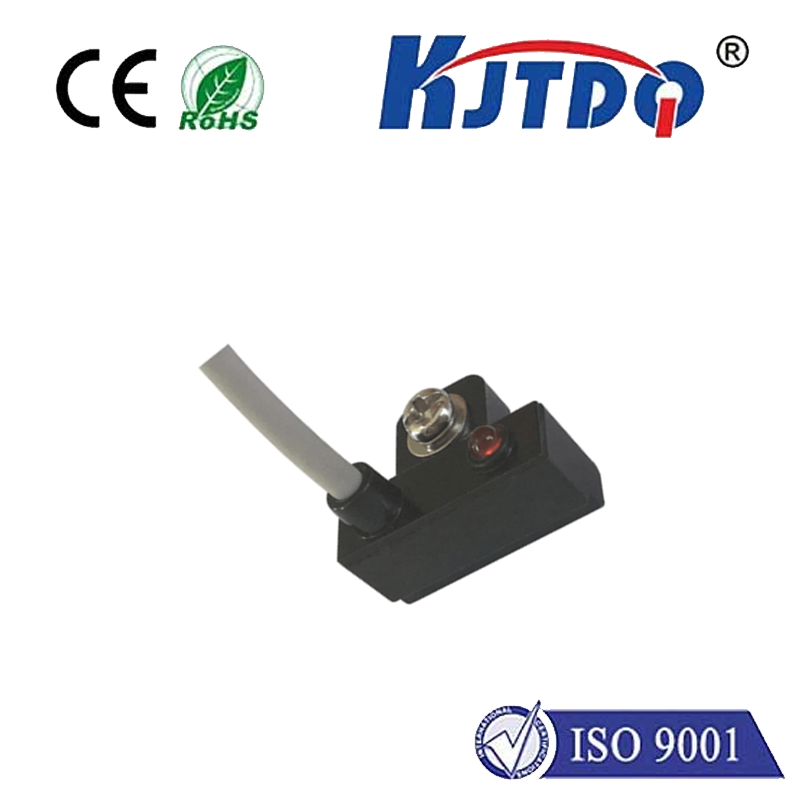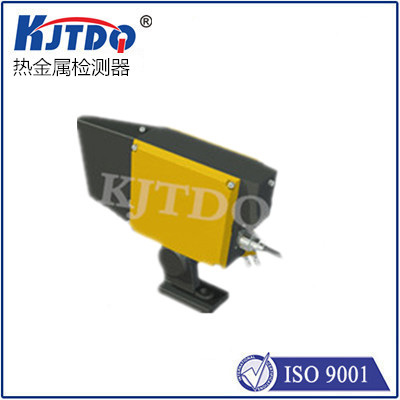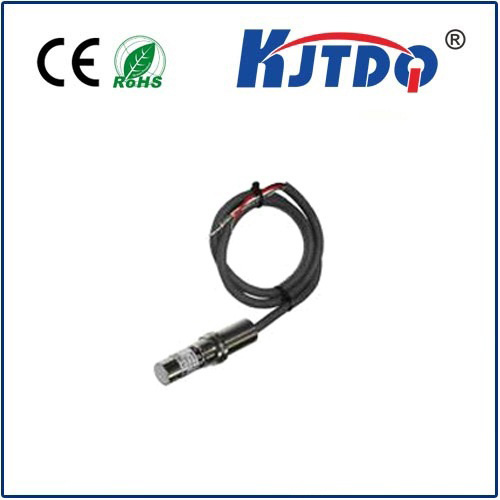

check

check

check

check

check

check

check

check

check

check
Title: Understanding the Role and Importance of Hoist Upper Limit Switches in Industrial Settings
In industrial setups, safety is of utmost importance. To ensure that equipment operates within safe parameters and to prevent accidents, various devices are employed. One such device is the hoist upper limit switch. This switch plays a critical role in preventing over-speeding or over-torsion of the hoist's motor, ultimately protecting operators and equipment from potential harm. In this article, we will delve into the workings of hoist upper limit switches and their significance in ensuring workplace safety.
1. What Is a Hoist Upper Limit Switch?
Hoist upper limit switches are mechanical devices used in industrial hoists to regulate the speed and direction of the motor's rotation. They work by detecting when the hoist reaches a predetermined upper limit and cutting off power to the motor. This prevents the hoist from exceeding its maximum speed, thus safeguarding both operators and the equipment.
2. Types of Hoist Upper Limit Switches
There are two main types of hoist upper limit switches:
a) Reset Switches: These switches allow the operator to reset the speed limit after the hoist has reached its maximum speed. Once reset, the switch will not interfere with future operations.
b) Non-Reset Switches: These switches permanently set the speed limit once it has been exceeded, ensuring that the hoist operates within safe parameters at all times.
3. Working Principles of Hoist Upper Limit Switches
Hoist upper limit switches operate based on a simple principle: when the hoist's load (weight or length) exceeds a certain threshold, the switch detects this overload and sends a signal to the motor control center (MCC). The MCC then adjusts the speed of the motor to maintain safe operation.
4. Importance of Hoist Upper Limit Switches in Industrial Settings
The use of hoist upper limit switches plays a crucial role in maintaining safe working conditions in industrial settings:
a) Preventing Overload: By monitoring the weight or length of the load being lifted, hoist upper limit switches can prevent overloading, which could lead to equipment failure or injury to operators.
b) Ensuring Safe Operation: When the hoist reaches its maximum speed, the switch cuts off power to the motor, preventing over-speeding or over-torsion, which could cause damage to the equipment and endanger operators.
c) Compliance with Safety Regulations: Many countries have established safety regulations regarding the use of industrial machinery. Hoist upper limit switches help ensure compliance with these regulations by preventing dangerous situations that could result from equipment failure or operator error.
d) Reduction in Downtime: By preventing overloading and ensuring safe operation, hoist upper limit switches can significantly reduce downtime due to equipment malfunction or accidents, increasing productivity in industrial settings.
Conclusion:
In conclusion, hoist upper limit switches play a vital role in ensuring workplace safety by regulating the speed and direction of hoist motors. Their presence helps prevent overloading, over-speeding, and other dangerous situations that could lead to accidents or equipment failure. By understanding how these switches work and their importance in industrial settings, operators can make informed decisions about proper maintenance and usage to keep themselves and others safe on the job.
